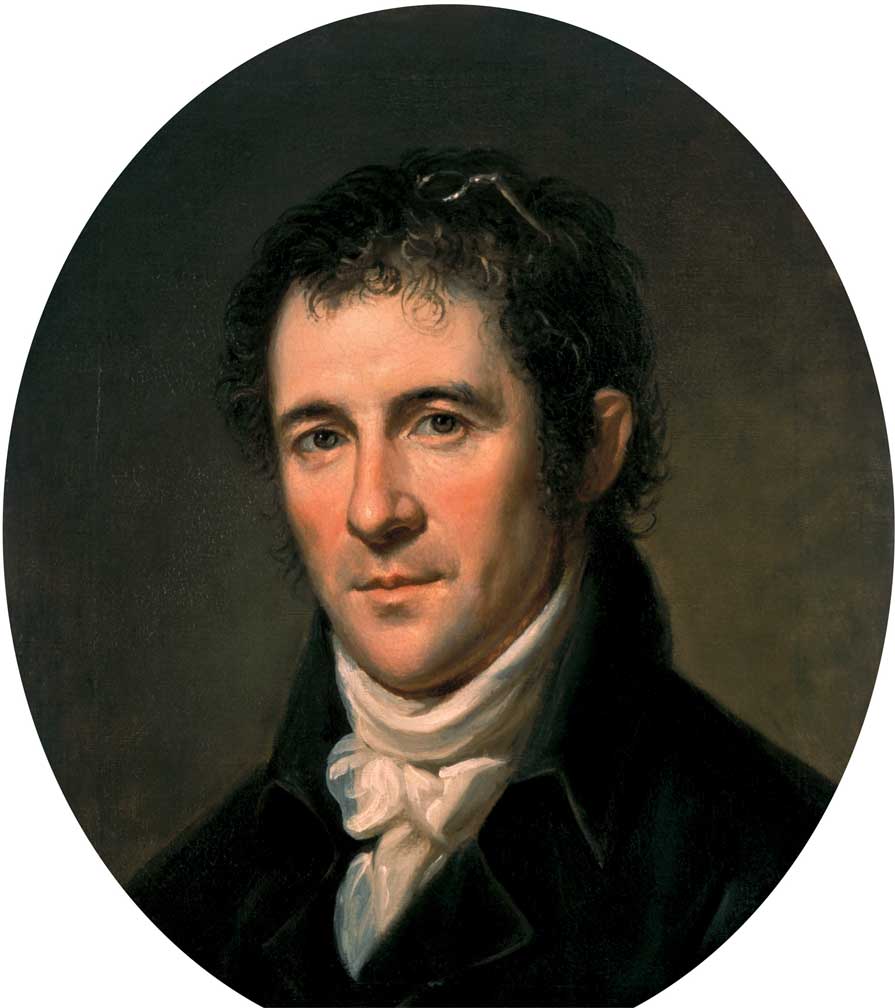Latrobe, Benjamin Henry

Latrobe, Benjamin Henry (1764-1820) Architect: Born in Yorkshire, England, on May 1, 1764, Latrobe was sent to Saxony to be educated. He finished his education at the University of Leipzig (now in Germany), and entered the Prussian army as a cornet of Hussars. He was wounded twice, and resigned his commission in 1768. Upon his return to England, he became an architect, and was made surveyor of the public offices and engineer of London in 1789. Because of his political views and the decline of surveyorship in Britain, Latrobe came to the United States in 1796. Landing in Norfolk, Virginia, he became engineer of the James River and Appomattox Canal, built the penitentiary in Richmond, and built many private mansions. Moving to Philadelphia, he designed the Bank of Philadelphia, the Academy of Art, the Bank of the United States and other buildings. In addition, he was the first person to supply Philadelphia with water, which was pumped by steam from the Schuykill in 1800. Latrobe designed the Roman Catholic cathedral in Baltimore, and surveyed the public buildings of the District of Columbia. He followed Thornton, Hatfield and Hoban as architect of the Capitol building in Washington, D.C. ; improving the designs of his predecessors in the project. One of the features he added to the Capitol's design was the incorporation of depictions of Indian cornstalks in the columns of the north wing. This feature was uniquely American, and was applauded by the members of Congress, who called them "corn-cob capitals." He suggested that natural materials, such as Breccia marble from the Potomac, be used as a feature of the District's architectural style. Latrobe continued to work as an engineer as well, creating the original plans for the Chesapeake and Delaware canals. In 1808, he moved to Washington with his family. Developing an interest in steam-powered transportation, he built a steamboat, called the "Buffalo," in 1812, in Pittsburgh. The "Buffalo" became the fourth steamboat to travel down the Ohio River. After the Capitol was burned down in the War of 1812, Latrobe redesigned it in 1817. Charles Bullfinch executed Latrobe's design; which included changing the oblong hall of the old Capitol to a semi-circle. Latrobe was involved in erecting a system to supply New Orleans with water when he died, on September 3, 1820.
